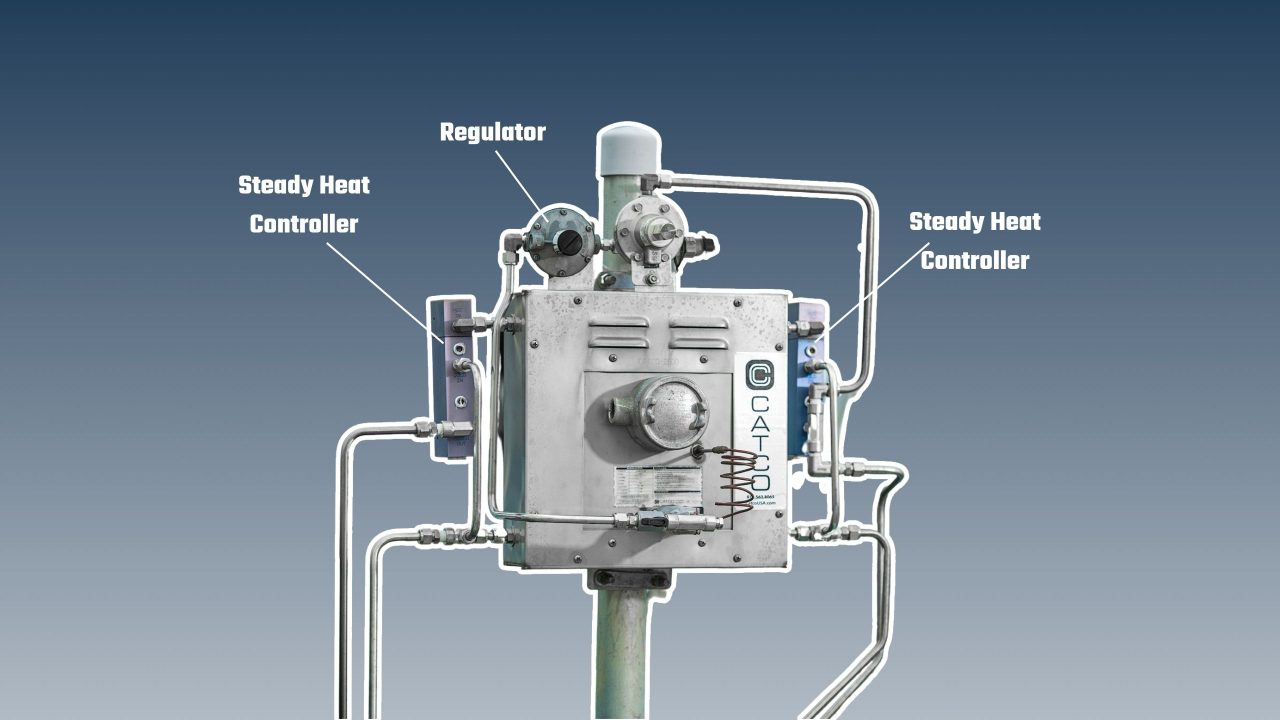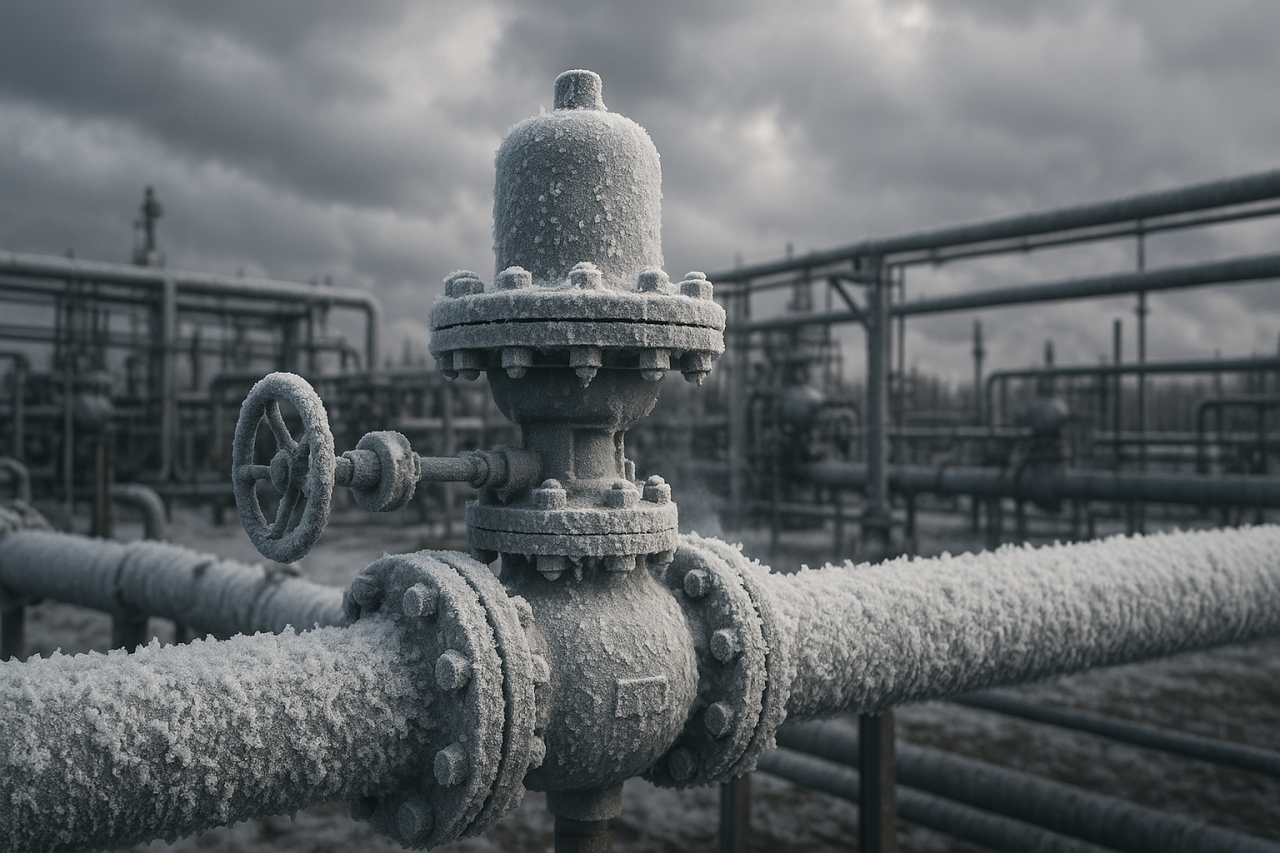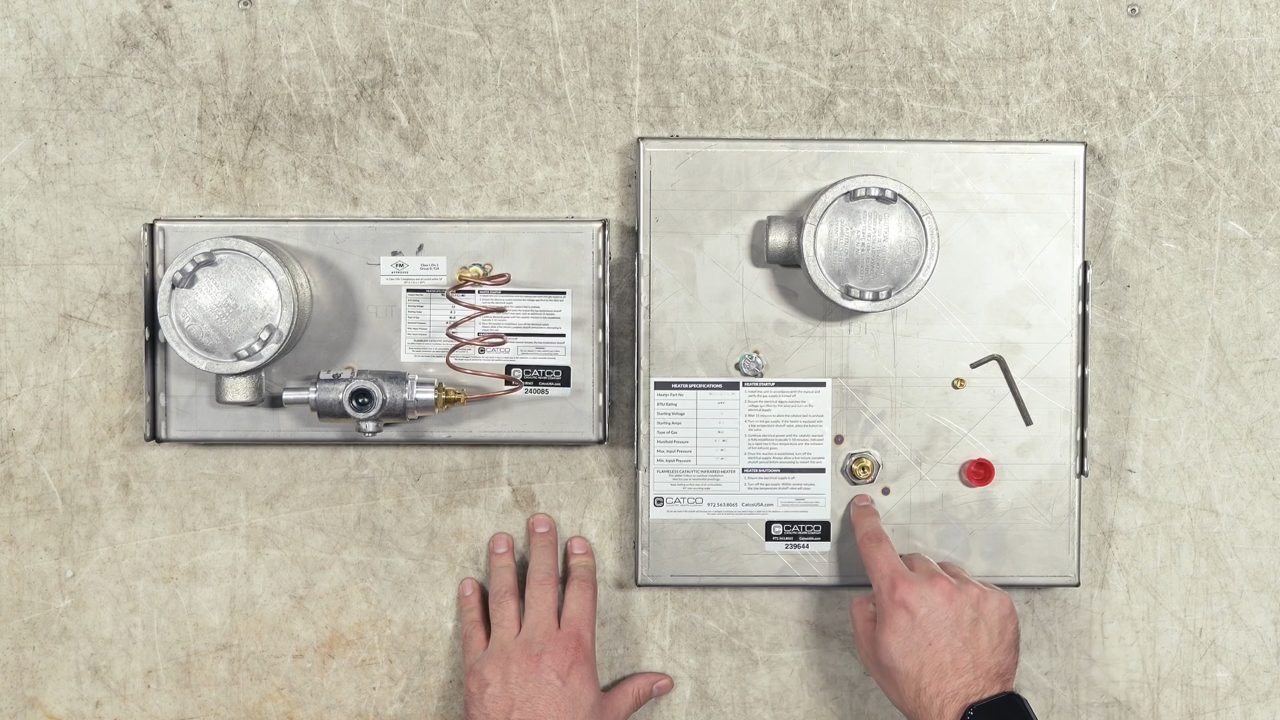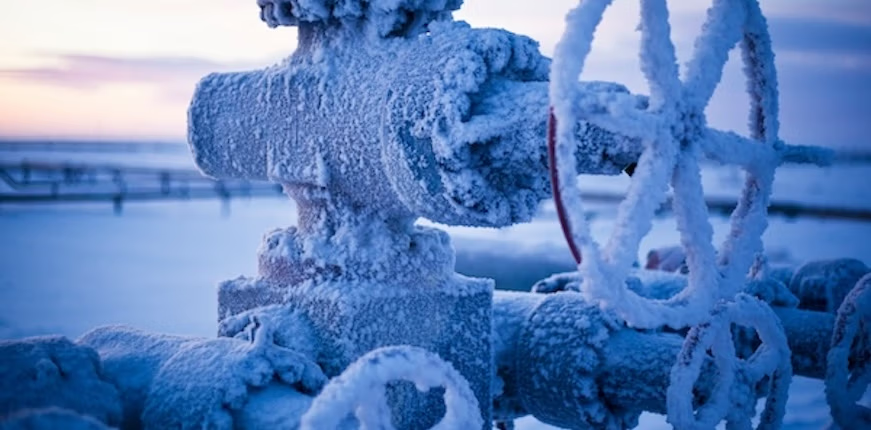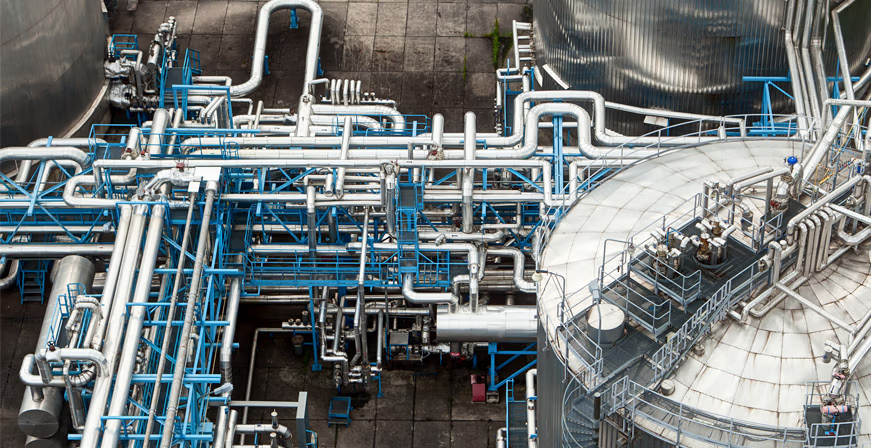A quiet night in the field turned into a frozen nightmare by morning. A single regulator froze solid, halting flow and production — a reminder that in the oil and gas world, freeze-ups don’t wait for tomorrow.
At CATCO, energy resilience is the mission. Our goal at PBIOS 2025 is to educate the industry on freeze protection and reliable heating solutions.
Winter freeze-ups put regulators, valves, and meters at risk. Catco heaters and enclosures deliver reliable heat that keeps production and distribution systems flowing.
CATCO hazardous location heaters come in three models — Dash 10, Dash 20, and Dash 40. Learn which is right for non-hazardous sites, tough outdoor environments, or fully certified hazardous locations.
A quick guide to understanding BTU/hr and how Catco heaters use it to match the right size to your application—whether small enclosures or large Pipeline Packs.
Discover the top 3 instrument gas heater accessories—fuel filters, steady heat controllers, and regulators—that help extend heater life, boost performance, and ensure reliable operation in the field.
Stop gas system freeze-offs. Catco enclosures and heaters prevent gas regulator freezing from the Joule-Thomson Effect.
Need better control over your catalytic heater? Orifice exchange kits help you switch fuels, adjust for altitude, and improve efficiency fast.
Texas is known for its unpredictable weather patterns, with significant fluctuations in temperature throughout the year. These climate shifts can have substantial implications for both natural gas facilities and the population of Texas as a whole...
Polyethylene Pipe in the Oil and Gas Industry
From longer lasting to increased flexibility, increased efficiency and innovative installation; high density polyethylene pipes are rapidly becoming the industry standard for oil and gas gathering. Beyond those advantages, the most impactful is that it meets all the standards required to transport natural and other gases, per federal regulations in compliance with 49 CFR 192.






